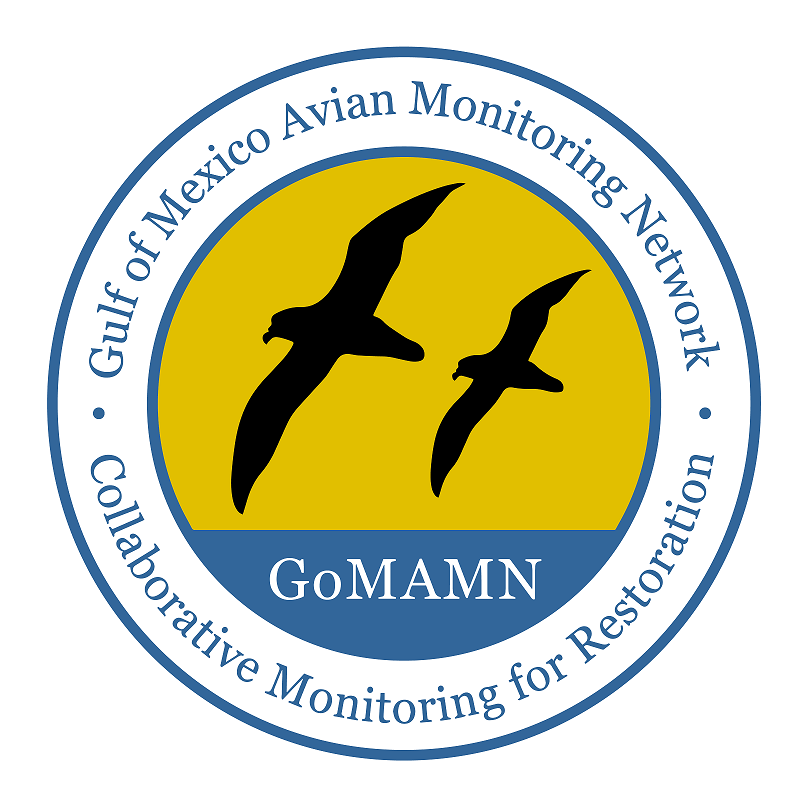Missed the GoMAMN Community of Practice Meeting?

Birds are a conspicuous and remarkable natural resource of the Gulf of Mexico. Hundreds of species and millions of individual birds are supported by barrier islands, beaches, marshes, and coastal forests across the Gulf ecosystem at some point during their annual lifecycle. Collectively, these species are an unparalleled indicator of ecosystem health and the natural resources on which humans rely for their health, economy, and quality of life. Today, the conservation of coastal habitats for birds is often at odds with human population growth and use of natural resources; thereby creating conflicts between the importance of coastal areas for human needs and their value for birdlife. Anthropogenic stressors (e.g., urban development, oil spills) along with more natural disturbances (e.g., hurricanes) can result in loss, fragmentation, and reduced quality of habitats in sensitive coastal ecosystems. Quantifying the magnitude of these impacts, as well as assessing bird/habitat response to mitigation and restoration activities is critical, if the conservation community is to work in a collaborative, proactive-manner to protect and conserve valuable natural resources along the Gulf Coast.
There are no legal, regulatory or political underpinnings to the implementation of a bird monitoring strategy for the Gulf of Mexico, per se. However, several federal and state wildlife agencies have legal mandates to protect and conserve wildlife resources and their habitats for the continuing benefit of the American people. Hence, the success of designing and implementing a coordinated and collaborative monitoring strategy for the Gulf of Mexico requires the commitment and dedication of a wide array of conservation partners (e.g., federal agencies, state wildlife agencies, non-governmental organizations, joint venture partnerships and landscape conservation cooperatives), all operating under different mandates and missions.
The large-scale restoration work underway in the northern Gulf of Mexico under the auspices of the RESTORE Act, National Fish and Wildlife Foundation, and Natural Resource Damage Assessment Trustee Council as a result of the 2010 Deepwater Horizon oil spill settlement, presents an opportunity to improve bird populations and their habitats. Collectively, state and federal agencies in partnership with numerous conservation organizations and citizen groups are making tremendous conservation investments along the coast of Florida, Alabama, Mississippi, Louisiana, and Texas to implement restoration projects to benefit birds and their habitats. To maximize benefits of restoration projects, decision makers need access to information related to bird ecology and strategies for evaluating restoration effectiveness.
The Gulf of Mexico Avian Monitoring Network (GoMAMN; here after the Network) provides a forum by which scientist and land managers can coordinate and collaborate on: (1) restoration objectives and monitoring priorities; (2) design and implementation of surveys; and (3) sharing of information. The products and resources generated by the Network are intended to maximize the usefulness of bird data to inform conservation decisions as well as to promote compatibility of survey data across the northern Gulf of Mexico.